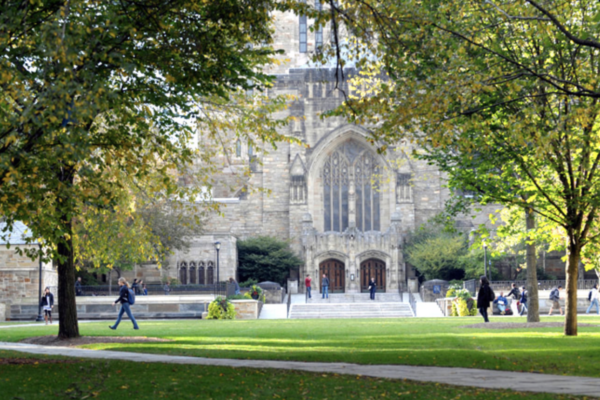Over the past 50 years, U.S. college enrollment has doubled while enrollment at elite colleges has mostly stayed stagnant, even with increased demand for admissions. In a new working paper from the National Bureau of Economic Research, authors Peter Q. Blair of Harvard University and Kent Smetters of University of Pennsylvania show that prestige is the main factor leading elite colleges to decrease admit rates when there is an increase in demand.
To understand the role of prestige in admissions rates, the researchers compared four top tier institutions—Harvard, Princeton, Stanford and Yale—with “non-elite” colleges on such empirical factors as admissions rates, matriculation, skills or standardized testing scores, and number of applications.
Their findings showed that the decisions of elite colleges are consistent with a model where institutions value prestige, which is measured either as their selectivity (e.g., average SAT score) relative to that of their peer group or by their relative admissions rates. When a college’s weight on prestige is above a critical value, an increase in demand decreases the percentage of students admitted, consistent with the experience for elite colleges. Conversely, when a college’s weight on prestige is below this critical value, an increase in demand increases the admit rate, consistent with the evidence observed with non-elite colleges.
These results point to elite colleges’ inclination to limit their admissions rates to sustain their “elite” brand, despite growing numbers of highly qualified applicants–a stance that undermines the nation’s economic and social imperitive to provide the best possible educational opportunities to more, and more-diverse, highly talented students.
-By Gunjan Maheshwari
